 Istanbul : If you own a map and are of an orderly disposition, Istanbul is a worry. There it sits, clearly part of the European continent, yet clearly, too, belonging to Turkey. If only a cartographical Mary Poppins could be called in: Asia would be Asia, Europe would be Europe, and everything would be spit-spot. This unhappy state of mind is easily fixed. Take a flight to Ataturk International, a slightly hairy taxi drive into town, and a short climb to the roof terrace of your hotel. At midnight, as you look out over the Golden Horn while gulls tumble around the floodlit minarets of the Blue Mosque, the map simply floats out of your mind. It becomes meaningless: you might as well throw it away. Istanbul defies conventional atlases.
Istanbul : If you own a map and are of an orderly disposition, Istanbul is a worry. There it sits, clearly part of the European continent, yet clearly, too, belonging to Turkey. If only a cartographical Mary Poppins could be called in: Asia would be Asia, Europe would be Europe, and everything would be spit-spot. This unhappy state of mind is easily fixed. Take a flight to Ataturk International, a slightly hairy taxi drive into town, and a short climb to the roof terrace of your hotel. At midnight, as you look out over the Golden Horn while gulls tumble around the floodlit minarets of the Blue Mosque, the map simply floats out of your mind. It becomes meaningless: you might as well throw it away. Istanbul defies conventional atlases.
According to platitude it is the point where East meets West. Actually, it is an entity entirely unto itself. On paper the Bosphorus may be a strategic bottleneck linking the Black Sea to the Mediterranean: in reality it is Istanbul’s boating canal. The Sea of Marmara may seem to be an aquatic divide between two continents, in fact it is Istanbul’s pleasure lake. Within a comfortable radius everything on either side of these waterways belongs to Istanbul. Asia and Europe are out there somewhere, but they are mere geographical constructs. They do not impinge. And why should they? This, after all, is a city that has always considered itself to be the centre of the world. The weight of history here is overpowering. Everyone has left their mark, from the Romans who constructed the stupendous cathedral of Agia Sophia, to the Vikings who carved graffiti into its marble balconies, and the Ottomans who surrounded it with some of the world’s most splendid mosques. Yet for all its antiquity it is hard to take Istanbul seriously.
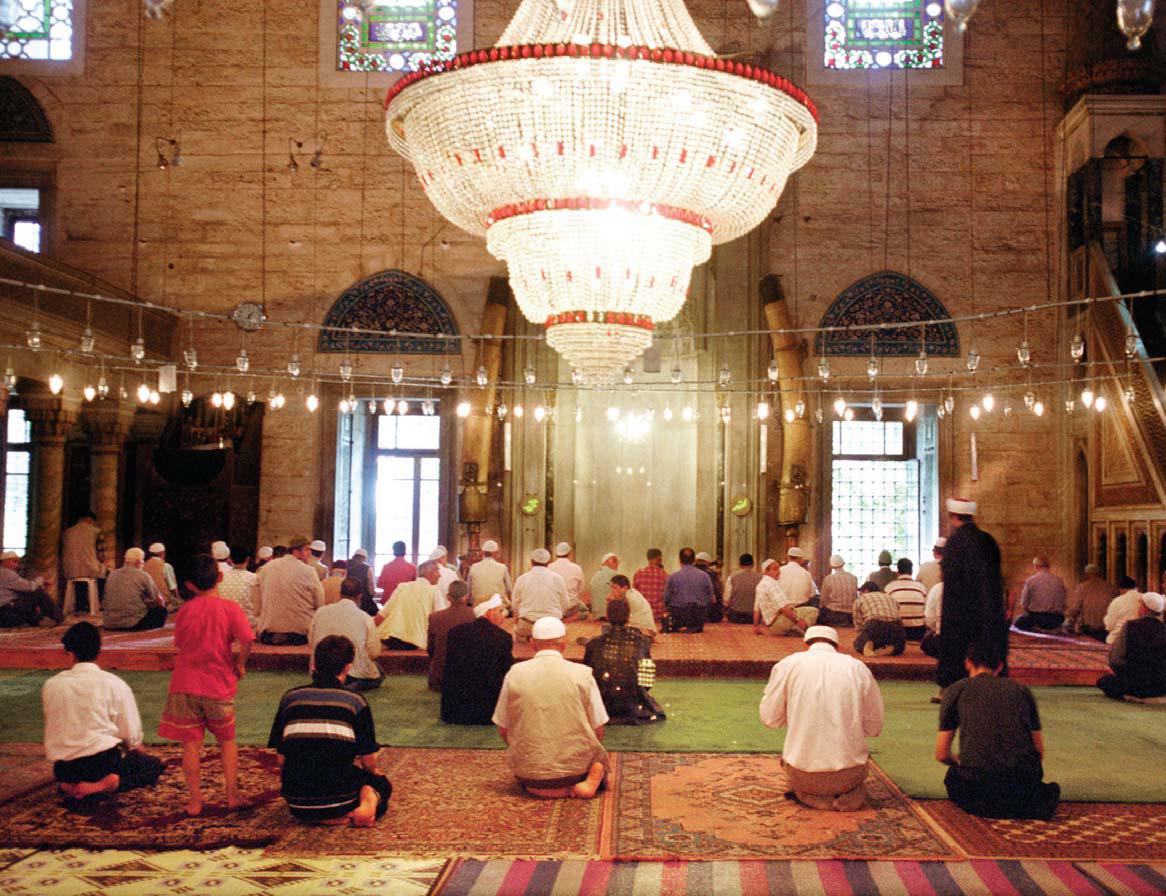 Go, for example, to the top of the Galata Tower. Built by the Genoese in the Middle Ages, it was purportedly part of the city’s defences. When you look through its vast windows you realise that its true purpose was to give a grandstand view of the city; that its conical hat was intended not to intimidate but to add a touch of decoration; and that it is in no way odd that this priapic bastion should have later become the heart of a red-light district. So many nations have desired Istanbul for so many centuries, that its raison d’?tre has become to be desirable. This is one of the most sophisticated cities in Europe, albeit not by modern, high-tech standards. Nothing necessarily works, timetables are mere suggestions, all arrangements are ad hoc and a glorious uncertainty pervades every aspect of life. Hotels still pride themselves on having an independent generator, and the currency flutters in strange financial winds: the smallest note is 1,000,000 lire, occasionally worth about 40p. Yet Istanbul has all the amenities of London or Paris: they just have to be sought in different ways. Whatever you want you can have, but it will be made and delivered by individuals. There are no fast-food chains or anonymous checkouts. Each transaction is personal: everything here is human.
Go, for example, to the top of the Galata Tower. Built by the Genoese in the Middle Ages, it was purportedly part of the city’s defences. When you look through its vast windows you realise that its true purpose was to give a grandstand view of the city; that its conical hat was intended not to intimidate but to add a touch of decoration; and that it is in no way odd that this priapic bastion should have later become the heart of a red-light district. So many nations have desired Istanbul for so many centuries, that its raison d’?tre has become to be desirable. This is one of the most sophisticated cities in Europe, albeit not by modern, high-tech standards. Nothing necessarily works, timetables are mere suggestions, all arrangements are ad hoc and a glorious uncertainty pervades every aspect of life. Hotels still pride themselves on having an independent generator, and the currency flutters in strange financial winds: the smallest note is 1,000,000 lire, occasionally worth about 40p. Yet Istanbul has all the amenities of London or Paris: they just have to be sought in different ways. Whatever you want you can have, but it will be made and delivered by individuals. There are no fast-food chains or anonymous checkouts. Each transaction is personal: everything here is human.
Even the automobiles speak. Istanbul resonates to the sound of horns – not the aggressive blare you get in the West, but a constant, conversational moto-babble: “Be-beep, here I am”, “Be-beep, I’m overtaking you”, “Be-beep, I’m changing lanes”, “Be-beep, I’m making a new lane”. Communication, not road safety, ist he essence of Turkish driving. I recall vividly a journey from the airport one rainy night, in a taxi with broken wipers , no seat belts and a driver who spent his time leaning back to pinch my son’s cheeks. Its windscreen completely opaque, the cab veered blindly across the motorway, crying, “Be-beep” to its pals. That we reached our destination, I know; how our driver knew is something that puzzles me still. Pedestrians, as well as drivers, must learn the language of the road. Forget zebra crossings, green men and other namby-pambiness. To cross a street you first have to speak to the traffic. This involves standing in a group and focusing your will at the oncoming cars. When sufficient psychic mass has been achieved someone steps out. Miraculously, the vehicles part and you scurry across. Woe betide the solitary road-crosser: you are of less significance than an ant and should wait for reinforcements.
All of which makes life strangely refreshing. Istanbul is, truly, a city of contrasts. It is unbearably hot in summer and freezing in winter. Despite being predominantly Muslim it celebrates Christmas. It isn’t the capital of Turkey but everyone assumes it is. (You don’t hear many people saying, “Now, this year we must go to Ankara.”) It is irrepressibly corrupt, individually honest, beautiful in places, hideous in others. It contains some of the most venerable buildings in the world but sits on a tectonic fault that can topple them at any moment. It is overwhelmingly raucous but offers moments of pure tea-timeish contentment. On a cloudy afternoon, sitting in the Grand Bazaar with a plate of baklava and a cup of coffee, when not much business is being done, one can hear the rain falling – see it dribbling down the plasterwork – and achieve that cosy sensation, so alien to the West, of being absolutely unimportant: of having stepped, indeed, right off the map.
- Aya Sofia Walk through one of the world’s architectural wonders, the great cathedral built by the Roman emperor Constantine and converted into a mosque by the conquering Ottomans. Its fabulous central dome – the largest in the world for a millennium – inspired mosque architecture worldwide, and is surrounded by gorgeous Byzantine mosaics in gold.
- Topkapi Palace Explore the exquisite former palace of the sultans, who lived in this pleasure dome-cum-imperial hub for three centuries, with the women and eunuchs of their harem.
- Grand Bazaar Discover beauty, bargains and bedlam in the mazy streets of the Covered Market area, picking up souvenirs in its 4,000 shops, exploring its mosques, or sampling local delicacies in the many restaurants of the world’s oldest shopping mall.
- Blue Mosque Admire the breathtaking Sultan Ahmet Camii, one of the world’s most beautiful mosques, its walls lined with exquisite blue-and-white tiles, its floors thick with Turkish carpets, and all lit by flickering candles.
.
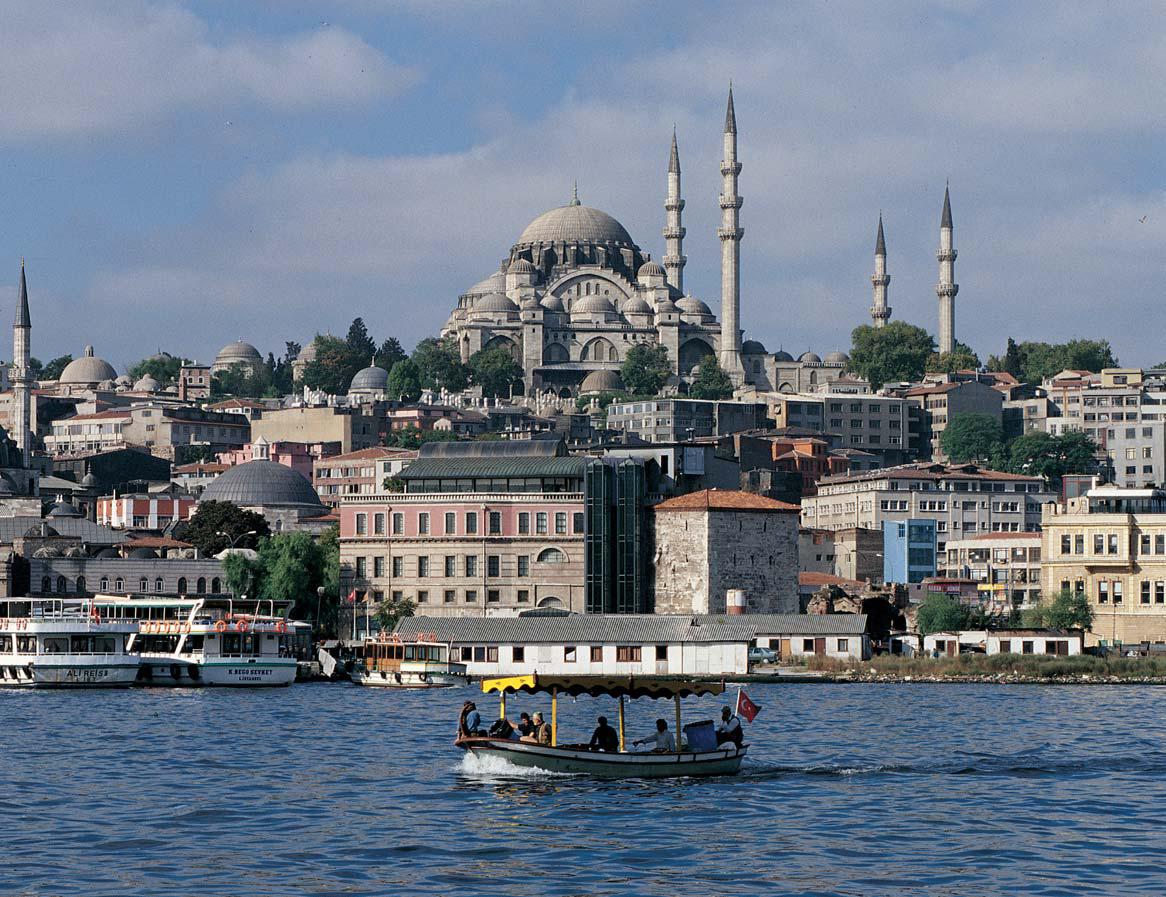
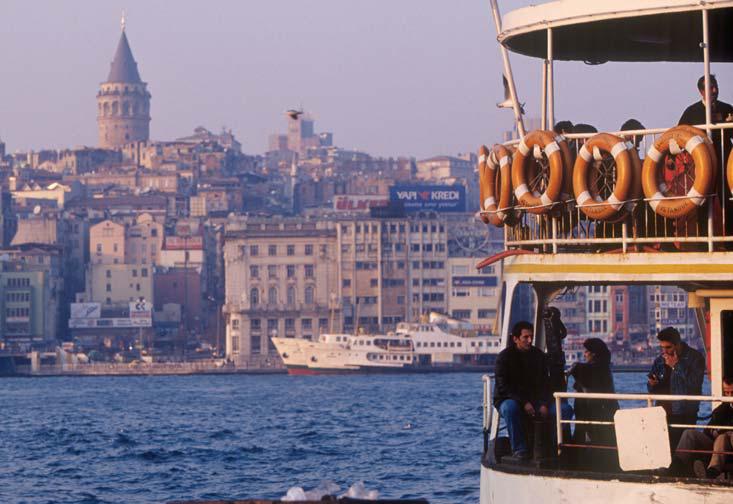
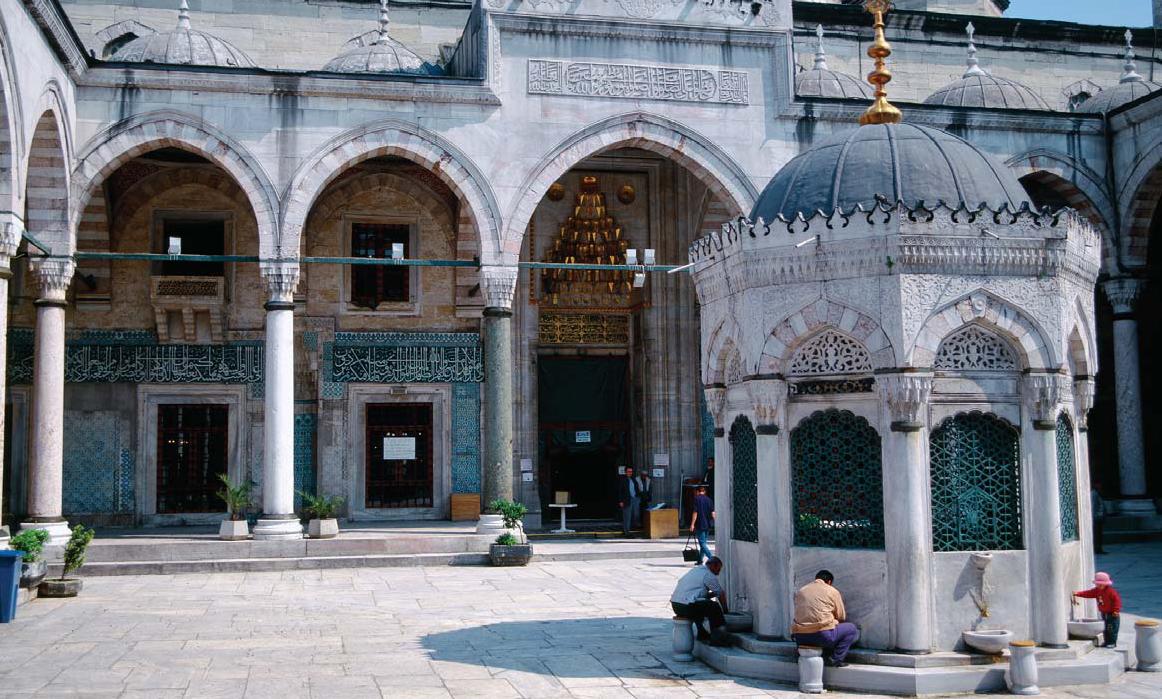
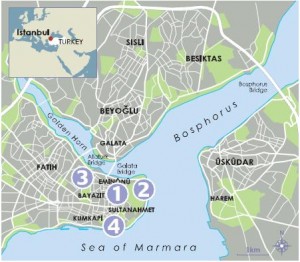
sam says:
Would you like send me Istambul mosque photo more, about inside
tank